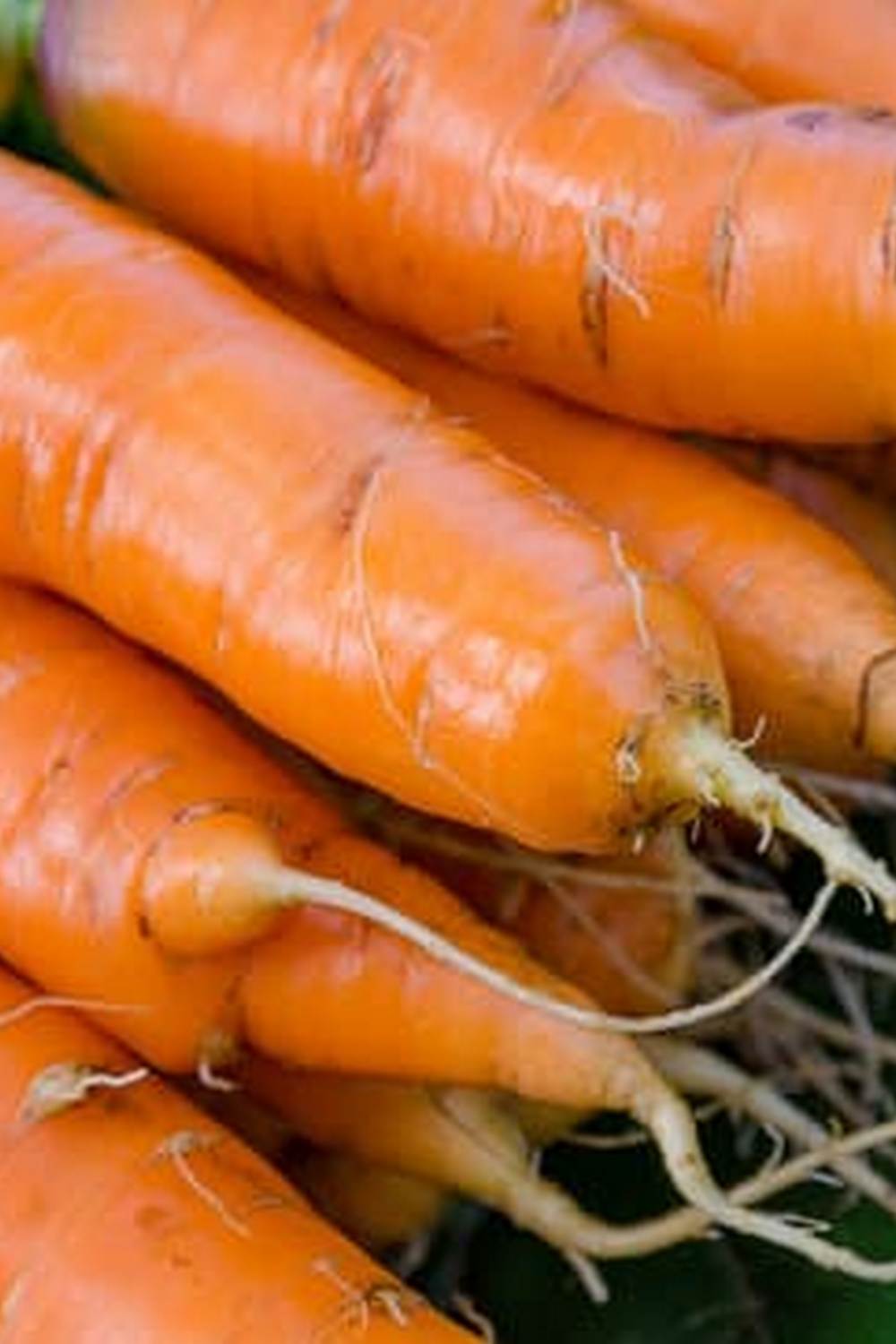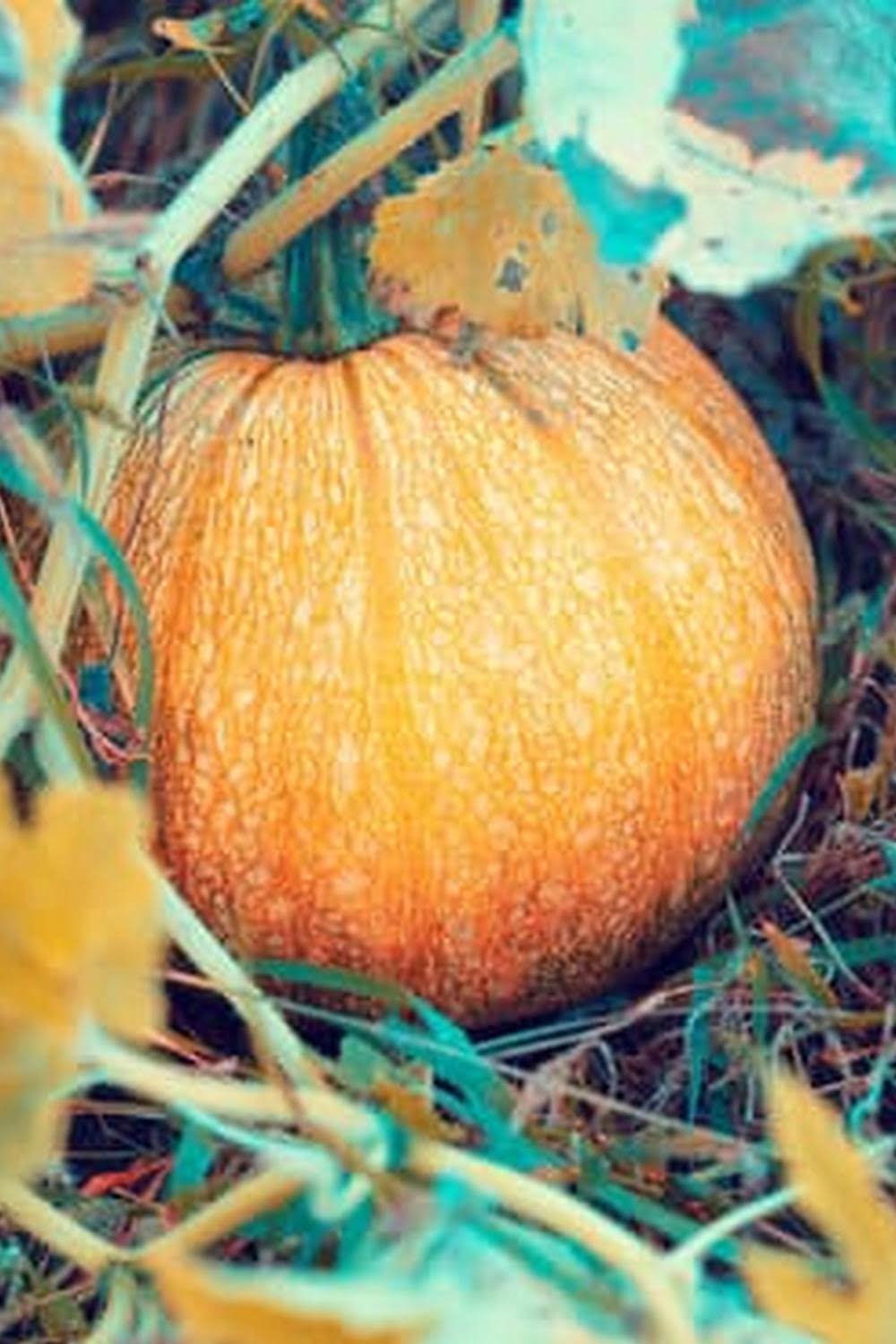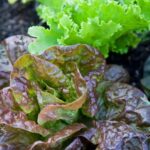Hot weather vegetable gardening poses unique challenges and opportunities for gardeners. From choosing the right vegetables to managing pests and maximizing sun exposure, there are specific strategies to ensure success in these conditions.
In this article, we will explore the key aspects of hot weather vegetable gardening, including tips for selecting heat-resistant varieties, improving soil quality, and effective irrigation methods. Whether you’re a seasoned gardener or just starting out, understanding how to navigate the demands of hot weather gardening can help you cultivate a thriving vegetable garden.
One of the most important factors in hot weather vegetable gardening is the selection of suitable plant varieties. With the right choices, you can ensure that your vegetables have the resilience to withstand high temperatures and thrive in challenging conditions.
Additionally, proper soil preparation is essential for providing essential nutrients and maintaining moisture levels during periods of intense heat. Through this article, we will delve into the best practices for enhancing soil quality to support healthy plant growth in hot weather.
In addition to addressing the specifics of choosing heat-resistant vegetables and preparing the soil, we will also cover crucial topics such as irrigation techniques, pest management, maximizing sun exposure, harvesting and preserving produce in high temperatures. Drawing on insights from experienced hot weather gardeners and successful examples, this comprehensive guide aims to equip readers with practical knowledge and innovative solutions for achieving flourishing vegetable gardens even in sweltering climates.
Choosing the Right Vegetables for Hot Weather
When it comes to hot weather vegetable gardening, choosing the right vegetables is crucial for a successful harvest. Heat-resistant vegetable varieties are key to thriving in high temperatures and ensuring a bountiful yield. Some vegetables are better suited for hot weather conditions, requiring less water and withstanding the intense heat.
One popular choice for hot weather vegetable gardening is okra. This heat-loving plant thrives in temperatures above 85°F and is known for its resilience in dry conditions. Another excellent option is eggplant, which not only tolerates high temperatures but also benefits from them, leading to sweeter and more flavorful fruit. Additionally, peppers are well-suited for hot weather gardening, with varieties like jalapenos and habaneros flourishing in the heat.
It’s important to note that while these vegetables are heat-resistant, they still require proper care and maintenance during hot weather periods. Adequate watering, soil preparation, and pest management are essential for their growth and productivity under these conditions. By choosing the right varieties and implementing effective strategies, you can enjoy a successful hot weather vegetable garden with a rich harvest of nutritious produce.
| Vegetable Variety | Preferred Temperature Range |
|---|---|
| Okra | Above 85°F |
| Eggplant | High temperatures |
| Peppers (jalapenos/habaneros) | Moderately high temperatures |
Preparing the Soil for Hot Weather Gardening
When it comes to hot weather vegetable gardening, preparing the soil is crucial for the success of your plants. The extreme temperatures and intense sunlight characteristic of hot climates can take a toll on soil quality, making it essential to take measures to improve its nutrient levels and structure. By focusing on soil preparation, you can provide your heat-resistant vegetable varieties with the best possible growing conditions.
One key tip for improving soil quality in hot weather gardening is to incorporate organic matter such as compost or well-rotted manure into the soil. This helps to enhance the soil’s ability to retain moisture and nutrients, which is especially important in hot and dry conditions. Additionally, organic matter promotes beneficial microbial activity in the soil, supporting overall plant health.
Another important aspect of preparing soil for hot weather vegetable gardening is ensuring proper drainage. Excessive water retention can lead to root rot and other issues in hot conditions, so it’s vital to address any drainage problems before planting. Amending the soil with materials like perlite or coarse sand can help improve drainage and prevent waterlogged soil.
It’s also worth considering using mulch in your hot weather vegetable garden. Mulching not only helps conserve moisture, but it also aids in regulating soil temperature. By keeping the soil cooler during extreme heat, mulch can benefit both plant roots and beneficial organisms living in the soil. These strategies for improving soil quality are essential for successful hot weather vegetable gardening, providing a solid foundation for healthy plant growth despite challenging environmental conditions.
| Soil Preparation Strategies | Benefits |
|---|---|
| Incorporating organic matter | Enhances moisture retention and promotes microbial activity |
| Improving drainage | Prevents waterlogging and supports root health |
| Using mulch | Conserves moisture and regulates soil temperature |
Irrigation and Watering Strategies for Hot Weather Vegetable Gardening
It’s no secret that hot weather vegetable gardening comes with its unique set of challenges, particularly when it comes to ensuring that your plants receive adequate hydration. With temperatures soaring, it’s crucial to implement effective irrigation and watering strategies to keep your vegetable garden thriving. Here are some tips for keeping your plants hydrated in the heat:
- Choose the right watering method: In hot weather, it’s essential to water your plants deeply and less frequently to promote healthy root growth. Drip irrigation or soaker hoses are efficient options as they deliver water directly to the base of the plants, minimizing wastage through evaporation.
- Water in the early morning or late evening: The best time to water your hot weather vegetables is either early in the morning or late in the evening when temperatures are cooler. This helps prevent excessive evaporation and allows the plants to absorb the moisture effectively.
- Implement mulching: Mulch acts as a protective barrier, helping to retain soil moisture and reduce water evaporation. Organic mulches like straw, compost, or wood chips can be spread around the base of your vegetables to keep the soil cool and damp.
In addition to these strategies, it’s important to monitor your garden regularly and adjust your watering schedule based on environmental conditions. By prioritizing proper hydration for your hot weather vegetable garden, you can ensure that your plants remain healthy and productive despite the challenges of high temperatures.
Managing Pests and Diseases in Hot Weather
Pests and diseases can pose a significant challenge to hot weather vegetable gardening, as the warm conditions can create an ideal environment for these issues to thrive. It is important for gardeners to be proactive in identifying and managing these problems in order to ensure the success of their crops.
Common Pests and Diseases
Some common pests that gardeners may encounter in hot weather vegetable gardening include aphids, whiteflies, spider mites, and caterpillars. These pests can suck the juices from plant leaves, causing wilting and stunted growth. Additionally, fungal diseases such as powdery mildew and bacterial infections like blossom end rot can also affect hot weather vegetable plants.
Effective Control Methods
One effective method for controlling pests in hot weather vegetable gardening is through the use of companion planting. Certain plants have natural pest-repelling properties that can help protect neighboring vegetables from infestation. Additionally, introducing beneficial insects such as ladybugs or lacewings can aid in controlling pest populations without the need for harmful chemical pesticides.
For diseases, it is important to practice good sanitation habits such as removing and disposing of any infected plant material promptly. Providing adequate air circulation around plants can also help prevent the development of fungal diseases. Using organic fungicides and bactericides when necessary can be beneficial while minimizing harm to the environment.
Stay Vigilant
Regular monitoring of plants for any signs of pest infestations or disease symptoms is crucial for effective management. Catching issues early on allows for prompt action before they escalate and become more difficult to control. By staying vigilant and implementing appropriate control methods, gardeners can protect their hot weather vegetable crops from potential damage caused by pests and diseases.
Overall, managing pests and diseases is essential for successful hot weather vegetable gardening. By understanding common issues and utilizing effective control methods, gardeners can maintain healthy plants and achieve a bountiful harvest despite the challenges presented by high temperatures.
Maximizing Sun Exposure
When it comes to hot weather vegetable gardening, maximizing sun exposure is essential for ensuring optimal growth and productivity. In order to thrive in high temperatures, many vegetable plants require ample sunlight for photosynthesis and overall health. Here are some strategies for utilizing shade structures and proper positioning to make the most of the sun’s energy:
- Utilize shade cloth: One effective method for protecting your plants from excessive heat is to use shade cloth. This can be draped over rows of vegetables or supported by frames to provide a respite from intense sunlight during the hottest parts of the day.
- Positioning for optimal sun exposure: When planning your garden layout, be mindful of the position of the sun throughout the day. Determine which areas receive the most sunlight and arrange your plantings accordingly. Additionally, consider the potential impact of nearby structures or trees that may cast unwanted shade on your vegetable beds.
- Introduce shade-giving structures: Implementing structures such as trellises, arbors, or pergolas can offer a dual purpose by providing support for climbing vegetables while also offering partial shade. These features can help create microclimates within your garden that offer relief from direct sunlight without completely obstructing it.
By incorporating these strategies into your hot weather vegetable gardening approach, you can effectively maximize sun exposure for your plants while also providing them with some relief from extreme heat. With careful planning and thoughtful implementation of shade structures and positioning techniques, you can create an environment that promotes healthy growth and bountiful harvests even in challenging conditions associated with hot weather vegetable gardening.
Harvesting and Preserving Hot Weather Vegetables
When it comes to harvesting hot weather vegetables, timing is crucial. Many vegetables tend to mature more quickly in hot temperatures, so it’s important to keep a close eye on your crops to ensure that you harvest them at the right time. One of the key benefits of hot weather vegetable gardening is the ability to have multiple growing seasons throughout the year, allowing for continuous harvesting.
Proper Harvesting Techniques
Proper harvesting techniques are essential for ensuring the quality and flavor of your hot weather vegetables. For example, tomatoes should be picked when they are fully ripe but still firm, while leafy greens like lettuce and spinach should be harvested before they bolt and become bitter in the heat. Be sure to use sharp scissors or pruning shears to avoid damaging the plants during the harvest.
Storing Produce in High Temperatures
Storing produce in high temperatures can be challenging, as many fruits and vegetables are sensitive to heat and humidity. To maximize shelf life, it’s important to store your harvested vegetables in a cool, well-ventilated area. Root vegetables such as carrots and beets can be stored in a refrigerator or root cellar, while other produce like peppers and eggplants can be kept in a shaded outdoor area with good air circulation.
Preserving Hot Weather Vegetables
In addition to proper storage techniques, preserving hot weather vegetables through methods such as canning, pickling, or freezing can help extend their shelf life and reduce waste. Canning is a popular method for preserving fruits and vegetables at home, while pickling offers a flavorful way to extend the lifespan of items like cucumbers and green beans. Freezing is also an effective way of preserving produce for future use during hot weather seasons.
With these tips for harvesting and preserving hot weather vegetables, gardeners can enjoy an abundance of fresh produce throughout the summer months and beyond. By carefully monitoring plant maturity, utilizing proper storage methods, and exploring preservation techniques, you can make the most of your hot weather vegetable garden harvests.
Success Stories and Tips From Experienced Hot Weather Vegetable Gardeners
In conclusion, hot weather vegetable gardening presents both challenges and advantages for gardeners. The unique climate conditions can make it difficult to maintain plant health and productivity, but with the right strategies and knowledge, it is possible to achieve successful results. By choosing heat-resistant vegetable varieties, improving soil quality, implementing effective irrigation and watering methods, managing pests and diseases, maximizing sun exposure, and following experienced tips from seasoned gardeners, individuals can thrive in their hot weather vegetable gardens.
One of the key aspects of successful hot weather vegetable gardening is choosing the right vegetables for the climate. Heat-resistant varieties such as tomatoes, peppers, eggplants, okra, and sweet potatoes can withstand high temperatures and continue to produce bountiful harvests throughout the summer months.
Additionally, optimizing soil quality through proper preparation and nutrient levels is essential for the overall health and growth of plants in hot weather conditions. Effective irrigation techniques also play a crucial role in keeping plants hydrated during periods of intense heat.
Furthermore, managing pest and disease issues requires vigilance and prompt action to prevent damage to crops. Utilizing shade structures and proper positioning of plants can help maximize sun exposure while protecting them from excessive heat. Finally, harvesting produce at the right time and storing it properly are important steps in ensuring that the fruits of labor are enjoyed for an extended period. With these strategies in place, hot weather vegetable gardening can be not only manageable but also highly rewarding.
Frequently Asked Questions
What Vegetable Grows Best in Hot Weather?
Vegetables that grow best in hot weather include tomatoes, peppers, eggplant, and okra. These heat-loving plants thrive in the warmth and sunlight of the summer months, making them ideal for hot climates.
How Hot Is Too Hot for Vegetable Garden?
When it comes to vegetable gardens, temperatures above 90°F can be too hot for many plants. Extreme heat can cause wilting, sunscald, and even flower and fruit drop in some vegetables. It’s important to choose heat-tolerant varieties if you live in a consistently hot area.
How Do I Protect My Vegetable Garden From Extreme Heat?
To protect your vegetable garden from extreme heat, consider using shade cloth or row covers to provide some relief from the sun’s intense rays. Mulching around your plants can also help retain moisture and keep the soil cooler.
Additionally, watering deeply but less frequently can help plants cope with high temperatures by encouraging deeper root growth and reducing water evaporation.

If you’re looking to get into vegetable gardening, or are just looking for some tips on how to make your current garden better, then you’ve come to the right place! My name is Ethel and I have been gardening for years. In this blog, I’m going to share with you some of my best tips on how to create a successful vegetable garden.





